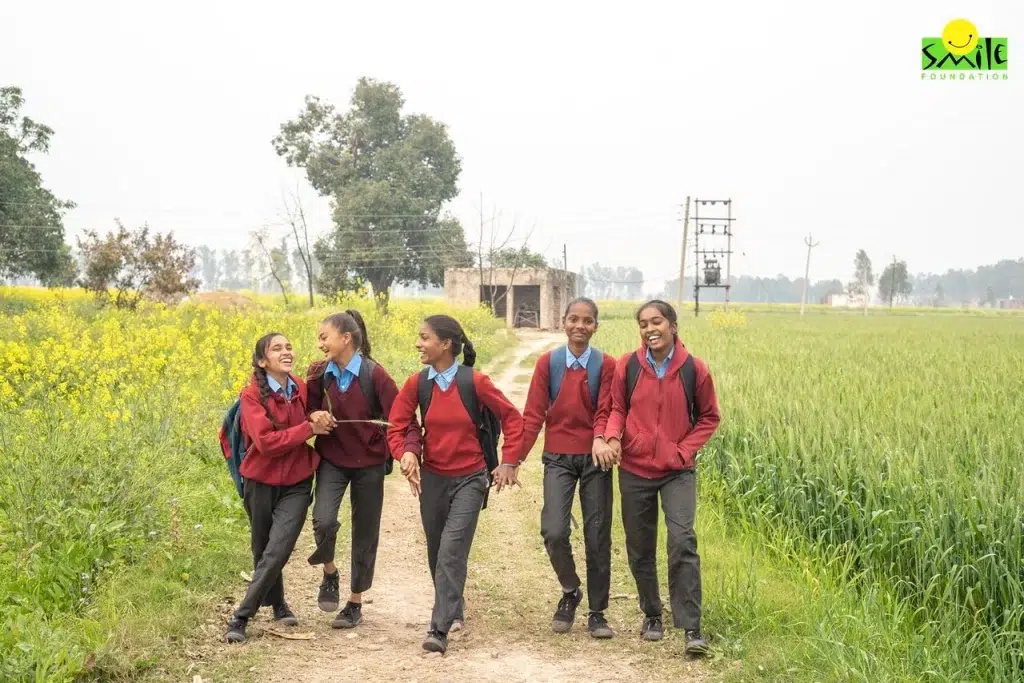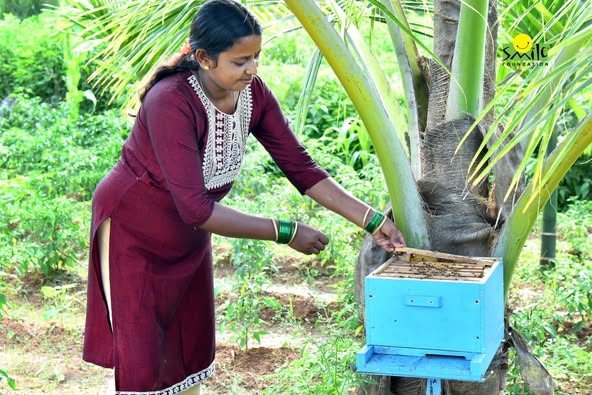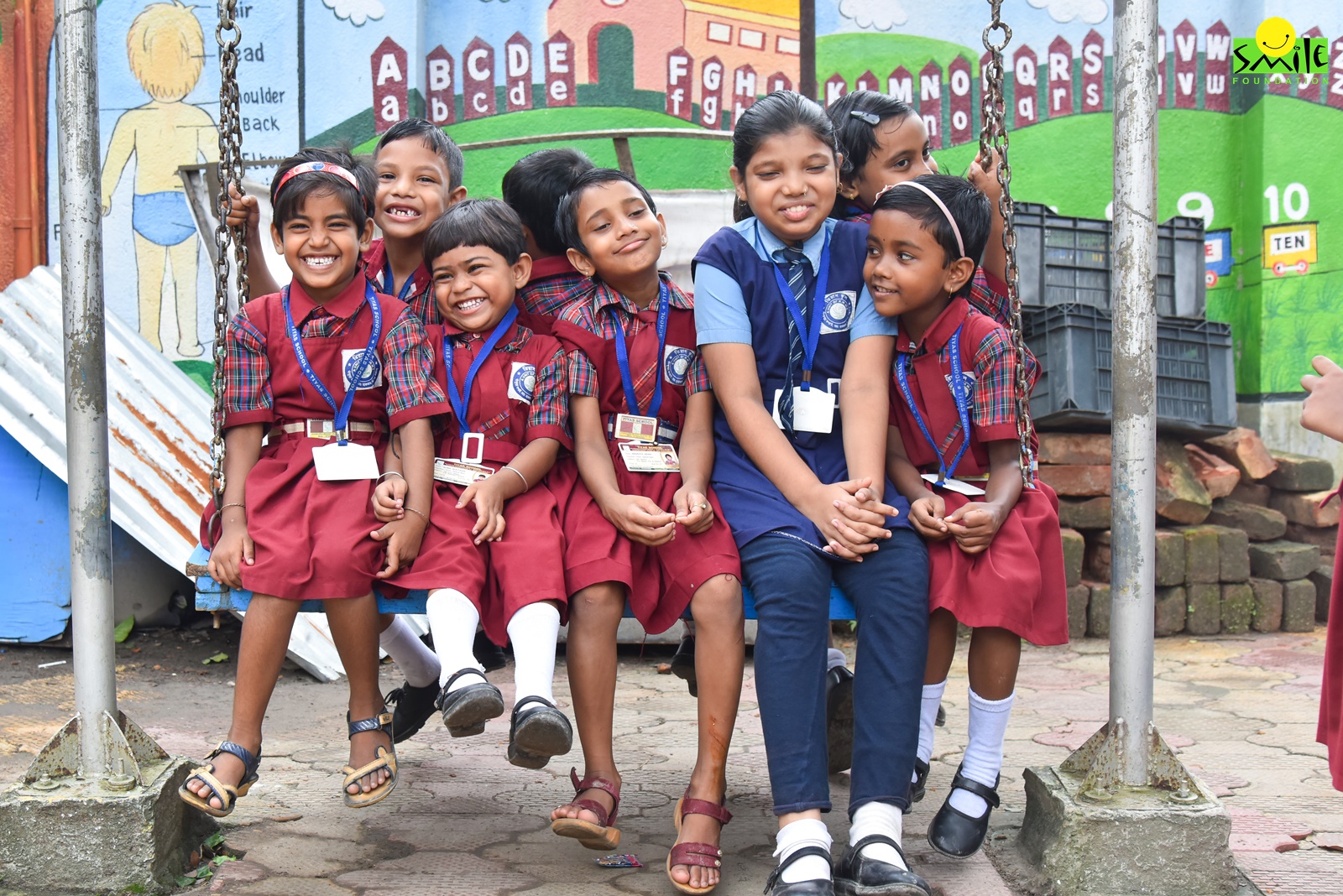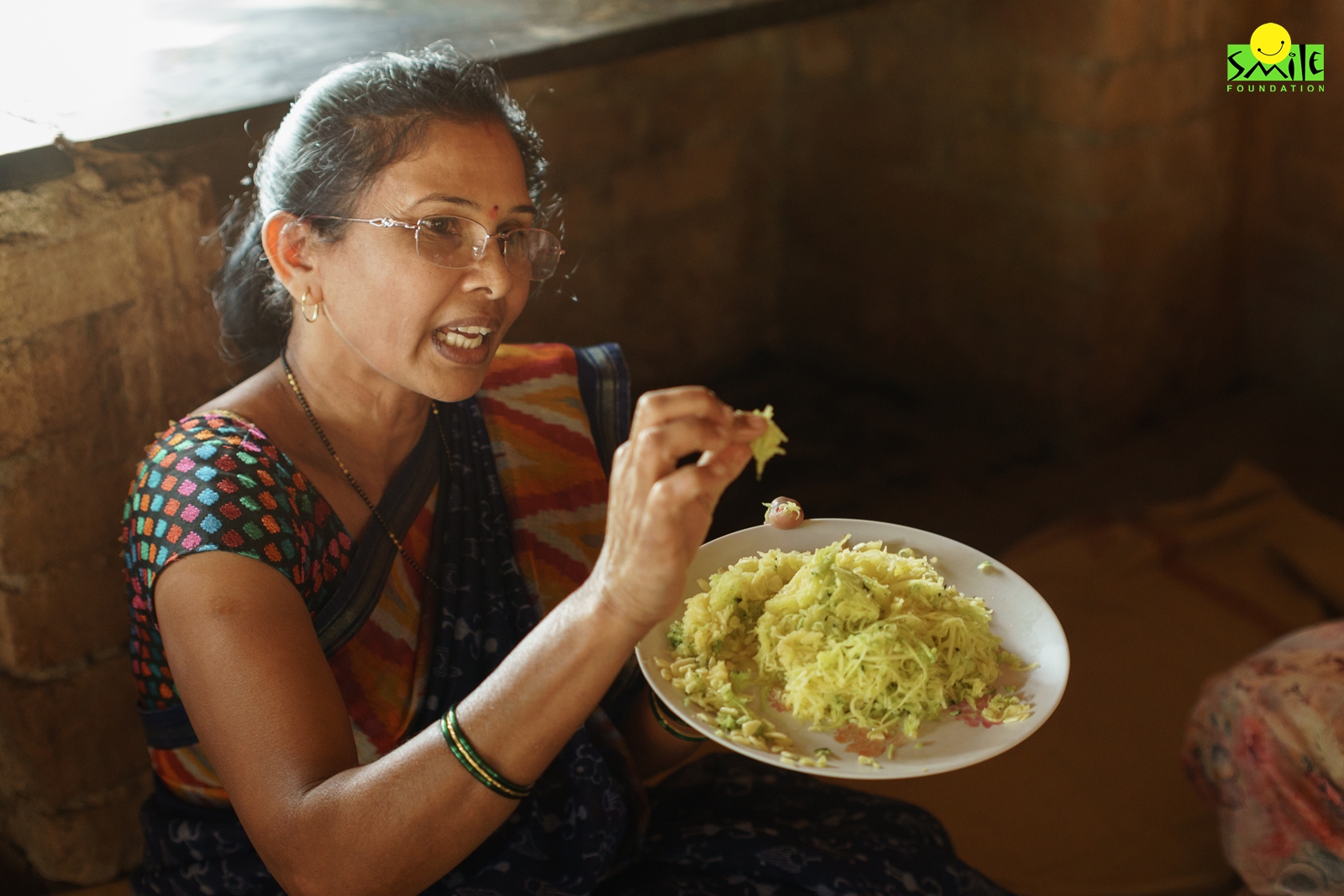“We slaughter one another in our words and attitudes. We slaughter one another in the stereotypes and mistrust that linger in our heads, and the words of hate we spew from our lips.”- Nelson Mandela
Growing up, we all have been perpetrators of stereotypes in our ways, victims of rumors that have been going around for decades, perhaps centuries. As children and adolescents, little do we understand the impact stereotyping has on individuals and why it is detrimental to the thought process and growth of a community and society. However, as we grow and unlearn our societal beliefs and begin to understand the need to treat individuals as they are, we learn acceptance and help each other grow.
While there might be some level of truth giving rise to certain stereotypes, largely, it serves as a means to falsely generalize individuals, creating a distorted view towards people from different countries, races, religions, and communities, leading to discrimination.
As the famous author Chimamanda Adichie says, stereotypes are nothing but “a danger of a single story.” They only let us believe what we want to on a surface level.
A stereotype leads us to believe that all people belonging to the same group or community share the same characteristics and behave in the same way. If we think back, we may recall that we all have thought in this way at some point in our life, about people from different communities, cultures, and beliefs. And these notions/stereotypes don’t appear from nowhere—they are derived from the perceptions and experiences of particular individuals from certain groups and then extrapolated to a whole group. But what we often forget is that each individual is more than just their group members.
Their identity and characteristics are beyond their roots, and accepting them as they are will only help them grow more as an individual with strong personalities.
Fighting stereotypes at the workplace – where stereotypes are most prevalent
With growing chatters about inclusion and diversity taking over workplaces, stereotyping often creates bad press for organizations. Stereotypes in different forms – gender, race, sexism, religious affiliation, and so on — create negative feelings and form prejudices against individuals, impacting their mental health and ability to grow and flourish inside an organization.
While these stereotypes are often subtle but often, they are not. The most impacted are those, who are from marginalized and disadvantaged communities and do not know the right ways to combat such harmful perceptions, which are not understood or felt in the open.
It is not easy to make stereotypes disappear from the collective consciousness because these stereotypes in workplaces help maintain power imbalances. Such a culture is mostly enabled by senior employees and the management, to retain power and influence within organisational cohorts. For instance, age-related stereotypes are one of the most common phenomena in today’s work culture. Often called ageism – it is a conflict of views and perceptions between the youth workforce and those who have been serving the organization for long. While younger generations have a way of judging older workers as ‘boomers’ for their lack of awareness around social issues, conversely, senior employees, often ruling the management, look down upon the youth workers for being too self-indulgent and assertive. When these dynamics conflict, it influences management decisions and promotions. Following this, workers may lose motivation and enthusiasm in doing their work if they are subjected to unrelenting criticism or are not given well-earned promotions as a result of stereotyping. Employee retention, productivity, and morale all suffer as a result.
Breaking stereotypes; let individuals grow
Whether it is an organization, educational institution, or community, each institution must take accountability and devise ways of overcoming stereotypes, often ingrained in institutional dynamics and societal conscience. Much of this can be done through addressing these issues openly, through individual and cultural interventions, learning to embrace diversity, raising awareness and so on.
In institutions, diversity and inclusion seminars are excellent settings to practice this and learn more about each other the damage stereotyping can impose on different groups and what you can do to break the cycle. Unfortunately, stereotyping is a conditioned habit people are often unaware of; however, with collaboration and a willingness to learn, you can chip away at its power.
To emerge from a bubble, more interactions need to occur with individuals from different races, communities, genders, etc. By learning more about each other, those who don’t share the same beliefs can gradually recondition one’s perceptions. Further, hiring a diverse workforce can also help mitigate stereotypes and create an inclusive work environment for everyone to thrive.
Learning about race and racism is good in this context, but it’s not enough. It is also important to establish reciprocal relationships with people from other groups. Being in equal-status relationships with people from different backgrounds enables us to see them as complete human beings—members of their social groups, to be sure, but unique in their particular set of personal experiences and characteristics.
Just as policies and regulations influence behavior, accepted cultural norms affect how employees treat one another. While these rules are unwritten, they can indicate what’s appropriate and inappropriate in the workplace. For example, some organizations may not have explicit policies on how employees from different backgrounds should interact but with awareness and learning seminars, leadership can actively avoid permitting racism within their company cultures. Doing so gives employees a sense of what behavior they’ll be socially praised or scorned for.
Breaking gender stereotypes
Recognizing the need to fight stereotypes to educate the youth of India, Smile Foundation’s flagship program, ‘She Can Fly’ has been instrumental in fighting gender stereotypes in rural India. Challenging gender stereotypes in classrooms can build classrooms that help in fostering equality and respecting individuals from diverse backgrounds. This also lets educators rise above societal limitations and break down barriers to let each other grow with strong individuality.
Change may be gradual, but it begins with small, conscious steps. As we continue to challenge and break stereotypes in all areas of life, we cultivate not only acceptance but also a shared commitment to equality, individuality, and mutual growth. Together, we can create a world where no one is held back by the weight of preconceived notions—a world where everyone can truly thrive.









